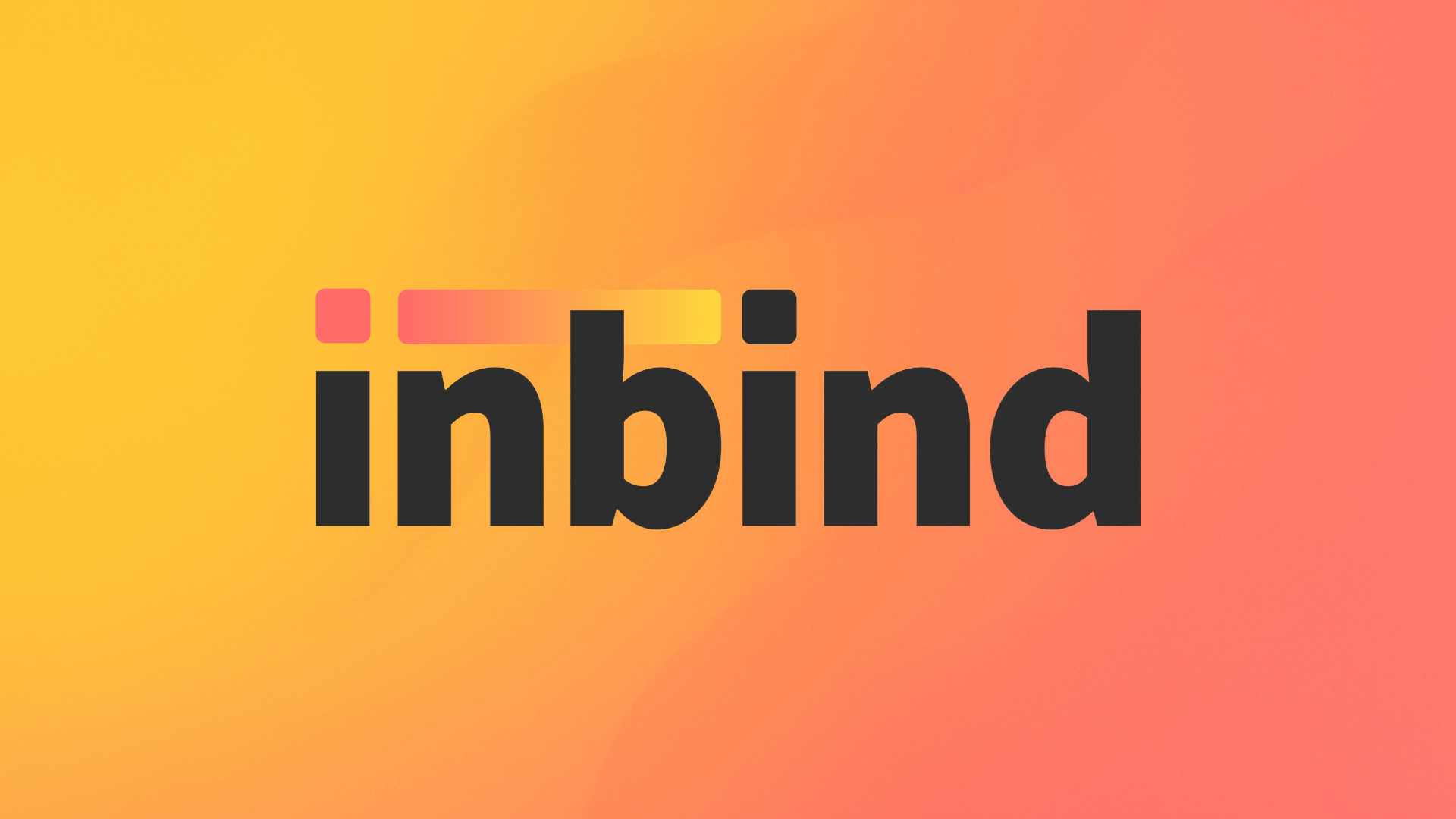
The Complete Guide to Creating a Webflow Glossary
A Webflow glossary can be one of your most powerful yet underutilized SEO assets, driving targeted traffic, enhancing user experience, and establishing your site as an authoritative resource in your industry.

Building a successful website in today’s competitive digital landscape requires more than just great design and compelling content. A Webflow glossary can be one of your most powerful yet underutilized SEO assets, driving targeted traffic, enhancing user experience, and establishing your site as an authoritative resource in your industry.
Understanding the Power of Glossaries in Modern SEO
What is a Glossary?
A glossary is fundamentally an alphabetical list of terms in a particular domain of knowledge with definitions for those terms. In the digital context, a website glossary serves as a centralized knowledge hub that provides clear, concise explanations of industry-specific terminology, concepts, and jargon. Unlike a traditional dictionary that covers all words in a language, a glossary focuses on terms relevant to your specific field or industry.
For Webflow users, a glossary is more than just a collection of definitions, it's a strategic content asset that can significantly boost your website's search engine optimization efforts. Modern glossaries have evolved beyond simple reference tools into comprehensive resources that demystify complex terms and concepts, particularly valuable in industries filled with specialized jargon.
Is a glossary good for SEO?
A well-crafted glossary delivers multiple SEO benefits that compound over time. Search engines prioritize websites with clear and relevant content, and a glossary on your Webflow site can enhance your site’s search engine optimization by offering context for specific keywords and elevating the overall quality of your content. This enhanced content relevance signals to search engines that your website provides valuable, authoritative information to users.
The educational value of glossaries cannot be overstated. By providing definitions for key terms, you enhance the overall user experience, making users less likely to feel confused or overwhelmed, which increases the likelihood that they will stay on your site longer and engage with your content. This improved user engagement directly correlates with better SEO performance, as search engines interpret longer session durations and lower bounce rates as indicators of content quality and relevance.
Glossaries in the Age of AI: Relevance and Evolution
Adapting to Large Language Models and Generative Engine Optimization
The emergence of Large Language Models (LLMs) and Generative Engine Optimization (GEO) has fundamentally transformed how users discover and consume information online. Generative Engine Optimization (GEO) is the practice of optimizing digital content and online presence to enhance visibility in AI-driven search results and generative AI responses. This shift presents both challenges and opportunities for glossary creators.
LLMs tend to favor content that explains things clearly, deeply, and with structure. Unlike traditional search engines that primarily relied on keyword matching and link authority, AI models prioritize content that provides comprehensive, contextually relevant information. This evolution strengthens the case for well-crafted glossaries, as they naturally align with AI preferences for structured, informative content.
Research indicates that GEO can boost visibility by up to 40% in generative engine responses. For glossary creators, this means adapting content strategies to ensure definitions are not only SEO-optimized but also structured in ways that AI models can easily understand and cite.
The Shift from Rankings to Citations
Traditional SEO focused primarily on achieving high rankings in search engine results pages. However, the AI era introduces a new success metric: citations in AI responses and source attribution. When users query AI models about specific terms or concepts, well-optimized glossary entries have the potential to be cited as authoritative sources, driving both direct traffic and brand recognition.
This shift requires glossary creators to think beyond traditional keyword optimization. Content with clear, repeated terminology performs better in AI summaries, while pages that use synonyms or overly clever phrasing often miss the cut. The key lies in balancing natural language with strategic keyword placement, ensuring content remains accessible to both human readers and AI models.
Expected Results and Performance Metrics
Quantifying Glossary Impact
Creating a Webflow glossary delivers measurable results across multiple SEO dimensions. Based on industry analysis and case studies, businesses can expect significant improvements in various performance metrics when implementing a comprehensive glossary strategy.
The data reveals that long-tail keyword targeting through glossaries can generate a 15-25% increase in targeted traffic within 2-4 months. This improvement stems from glossaries’ natural ability to capture highly specific search queries that users employ when seeking definitions or explanations of industry terms.
Internal linking opportunities represent one of the highest-impact benefits, delivering 20-30% improvement in crawlability within just 1-2 months. Glossaries serve as natural content hubs, allowing website owners to strategically link to relevant product pages, blog posts, and other resources throughout their site architecture.
Long-term Authority Building
Beyond immediate traffic gains, glossaries contribute to long-term domain authority development. Building topical authority through glossaries demonstrates your expertise in your field, signaling to search engines that your website is a valuable resource and potentially improving your overall website authority. This authority building typically shows a 10-20% boost in domain authority over 6-12 months.
The compounding nature of glossary benefits means that early investments in comprehensive, well-maintained glossaries continue to pay dividends as your content library grows and establishes deeper topical authority within your industry niche.
Best Practices for Creating High-Performance Glossaries
How do I create a glossary?
Successful glossary creation begins with strategic planning and audience analysis. Start by clearly understanding your audience and their informational needs, identifying terms that resonate with your audience’s search behavior. This foundation ensures your glossary addresses real user queries rather than internal assumptions about what terms matter most.
Conduct thorough keyword research to find industry-specific terms that have high search volume, ensuring these terms are included in your glossary. Effective keyword research combines primary industry terms with related long-tail keywords that users might employ when seeking definitions or explanations.
Content quality remains paramount in glossary success. Write glossary entries that are comprehensive enough to provide thorough understanding yet concise enough to maintain reader engagement. Aim for 150-300 words per definition, using clear, jargon-free language that makes content accessible to a broader audience.
How do I implement a glossary?
Modern glossaries require careful attention to both technical SEO and user experience design. Incorporate search functionality and ensure the glossary is responsive and accessible across various mobile devices. With mobile usage comprising the majority of web traffic, mobile optimization is essential for glossary success.
Implement alphabetical organization coupled with anchor links for each letter, facilitating ease of access and allowing users to jump directly to sections of interest. This structural approach enhances both user navigation and search engine crawling efficiency.
Internal linking strategy plays a crucial role in glossary effectiveness. Link glossary terms to relevant content within your site, creating a network of interlinked pages that enhance the user’s journey through your website. This interconnectivity improves user experience while aiding search engines in understanding site content relationships.
Schema JSON-LD Implementation and Benefits
Understanding Structured Data for Glossaries
Schema markup provides essential context that helps search engines understand and display your glossary content effectively. JSON-LD is considered simpler to implement due to the ability to simply paste the markup within the HTML document, versus having to wrap markup around HTML elements. This implementation advantage makes JSON-LD the preferred format for Webflow glossaries.
Structured data markup enables search engines to better understand and interpret content, potentially improving visibility and relevance in search results. For glossaries, this enhanced understanding can lead to rich snippet displays and improved search result presentation.
What schema should I use for a glossary?
The Schema.org vocabulary includes specific markup designed for glossary terms. DefinedTerm schema represents words, names, acronyms, or phrases with formal definitions, often used in the context of category or subject classification, glossaries, or dictionaries. This specialized markup provides optimal semantic structure for glossary entries.
Implementing schema markup specific to glossary pages increases chances of terms showing up as featured snippets or in ‘People Also Ask’ sections in Google, being included in knowledge graphs, or being linked as resources in AI Overviews. This enhanced visibility potential makes schema implementation essential for modern glossary strategies.
How do I add JSON-LD to a glossary?
Adding JSON-LD schema to Webflow requires careful placement within page templates. Google recommends adding JSON-LD to the head section of HTML documents, though placement within the body section is also acceptable. Webflow’s custom code features enable straightforward schema implementation across glossary pages.
Ensure schema markup includes essential elements such as term names, comprehensive descriptions, related links, and proper categorization within your defined term set. This comprehensive markup provides maximum context for search engines while supporting both traditional SEO and emerging AI optimization requirements.
Maintenance and Optimization Schedule
Establishing a Systematic Update Process
Glossary maintenance requires consistent attention to remain effective and relevant. Set up regular reviews to assess your glossary, adding new terms, removing outdated ones, and refining existing definitions. Industry evolution demands that glossaries evolve accordingly, reflecting current terminology and practices.
The maintenance schedule emphasizes the importance of monthly reviews for definition updates and link functionality checks. This frequency ensures that your glossary remains current while preventing broken links from degrading user experience and SEO performance.
Quarterly audits should focus on adding new industry terms and removing obsolete terminology. Industry landscapes evolve rapidly, particularly in technology fields, making regular content updates essential for maintaining relevance and authority.
Performance Monitoring and Analytics
Successful glossary management requires ongoing performance analysis. Track the performance of your glossary content, and if a term performs particularly well, consider what additional content you can create and link in the definition. This data-driven approach allows for strategic expansion of high-performing content areas.
Monitor both traditional SEO metrics and emerging AI-related performance indicators. Track both traditional and AI metrics, including citations in AI responses and source attribution alongside conventional rankings and traffic data. This comprehensive monitoring approach ensures your glossary strategy adapts to evolving search landscapes.
What does it take to succeed?
Creating a successful Webflow glossary requires strategic planning, consistent execution, and ongoing optimization. As search landscapes continue evolving with AI integration, glossaries remain not only relevant but increasingly valuable as authoritative content resources. The more helpful, factual, and widely referenced your brand content is—on your site, on forums, on trusted directories—the more likely AI tools are to mention you.
Success with glossary SEO demands a hybrid approach targeting both traditional search engines and AI models, combining proven SEO fundamentals with emerging optimization strategies for generative search. By implementing comprehensive glossaries with proper technical optimization, regular maintenance, and strategic content development, Webflow users can establish powerful SEO assets that drive sustained organic growth while building lasting industry authority.
The investment in creating and maintaining a quality Webflow glossary pays dividends across multiple dimensions: improved search rankings, enhanced user experience, increased topical authority, and future-proven content strategy. As the digital landscape continues evolving, glossaries represent a stable, scalable approach to SEO success that adapts to changing search technologies while delivering consistent value to both users and search engines.